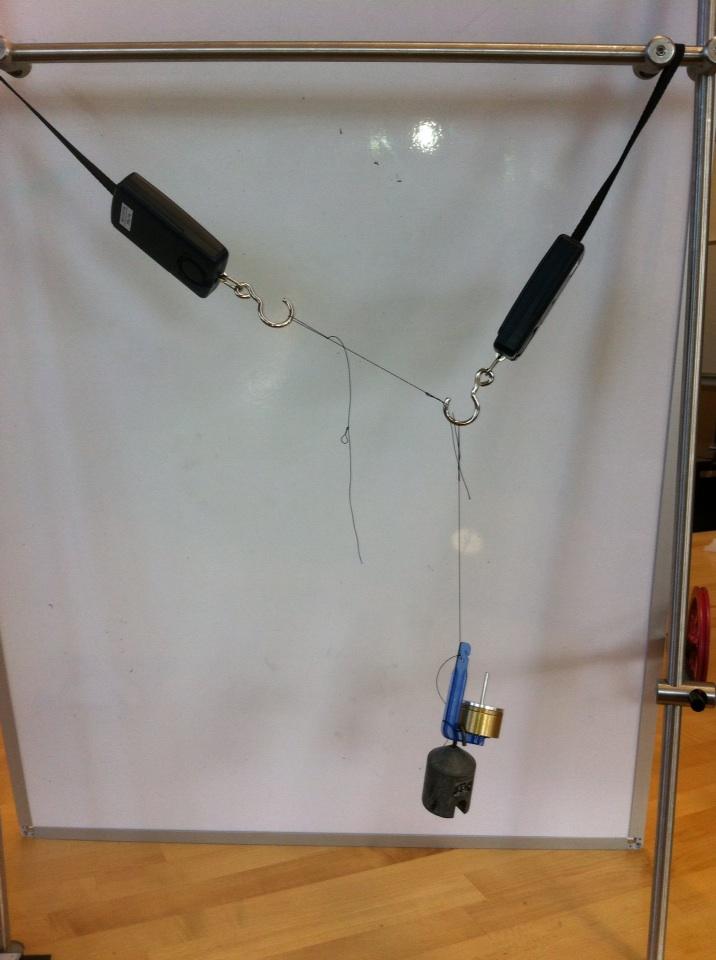A frequent concern this time of year for both teachers and students is grades. The optimism of the first few days of school has faded... the students have probably gotten back a bunch of quiz and test scores, jolting them into the reality that they're gonna fail this course, and then they won't make the honor society, nor get into college, or at least the right college that would allow their parents to brag at cocktail parties. Holy #$&*, they'd better go drop this course RIGHT NOW.
I'm sure virtually everyone reading this blog has confronted the described mentality. One way to deal with it is reasoned logic. Explain rationally and calmly that...
Oh, yeah. Reason and logic don't seem to be the strong points of students who get carried away with the dramahz. So maybe we need a different approach that doesn't necessarily include a rational basis.
The first and most important step in damping out this particular fire is to develop a relationship with the college counselor and the director of academics -- that is, the person ultimately responsible for college placement, and the person ultimately responsible for course changes. These folks generally do have a rationalist approach to their job, and they are used to dealing with artificial drama; what they often don't understand is the nature of a physics course. Meet with them. Talk to them informally as well as formally. Bring them cases of beer.
Explain how your course works, that it's not about memorizing facts as much as using facts in new situations. Assure these folks that you don't intend to fail the majority of your students. I explain that any student who diligently completes all assigned work will earn a minimum of a B- for the year, but that there may be pitfalls along the way. John Burk likes to compare his class to a theatre production: after a week of rehearsal, the scenes are quite rough, the actors don't know their lines, and the chemistry among characters hasn't yet jelled. So should we just give up 'cause it ain't perfect yet? Certainly not... think of physics as year-long preparation to perform on a year-end exam. Things are expected to be rough at the beginning.
Then work on the students. There's vast literature -- including on this and other physics teaching blogs -- about how to develop a "growth mindset" among the class. It's critical at the course's beginning that you NOT discuss points or grades or college plans with any student or parent. Nevertheless, it's a reasonable expectation that students be put at ease that their 75% quiz score doesn't mean they're getting Cs and having their lives ruined.
My approach is to tell them once -- only once -- how I calculate grades. For me, 80% is an A, 70% is a B, 60% is a C, and 50% is barely passing. I've in the past used a "
square root curve -- that works fine as well. When we approach the first test, I show up front the AP scale, in which about 65% is a 5, 50% is a 4, and 35% is a 3. Then I allow test corrections to earn half credit back for any points they miss.
The final, critical point to the physics teacher is: don't try too hard to make students "feel better" about being in a hard course.
When my own offspring is upset that we -- GASP! -- ask him to mop the floor, I find that it doesn't help his mood when we sympathetically and pleasantly try to acknowledge his annoyance and assuage his irrational anger. "Don't worry, it won't take very long" or "Hey, it's not that big a job today, the floor isn't particularly messy" provoke more tantrums from the boy than if we just go away and leave him to the task. Similarly with your students. The more you sympathize, the more you try to talk them through and acknowledge their irrational dramah, the more they play up said dramah and talk themselves into a negative spiral of emotion.
Just keep going with the course. As more and more of your students start to experience success, those shrill, distraught voices will become as whispers in the wind, drowned out by the veritable thunderstorm of positive confidence.

